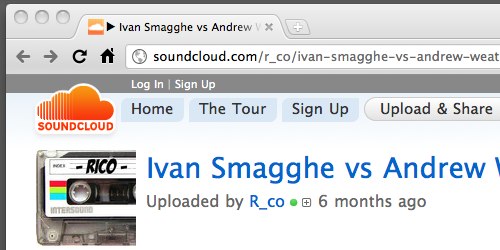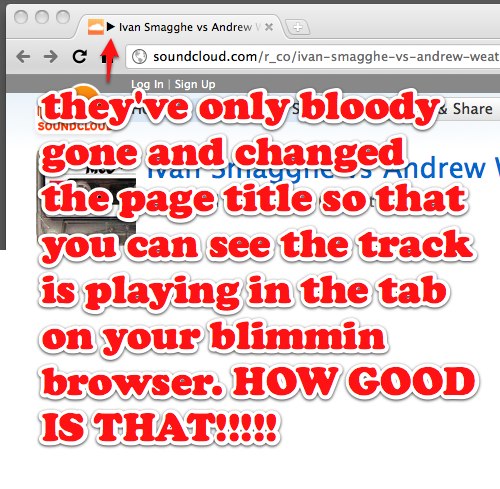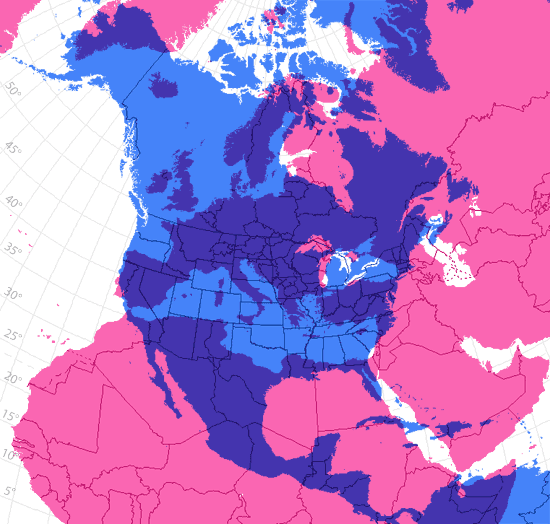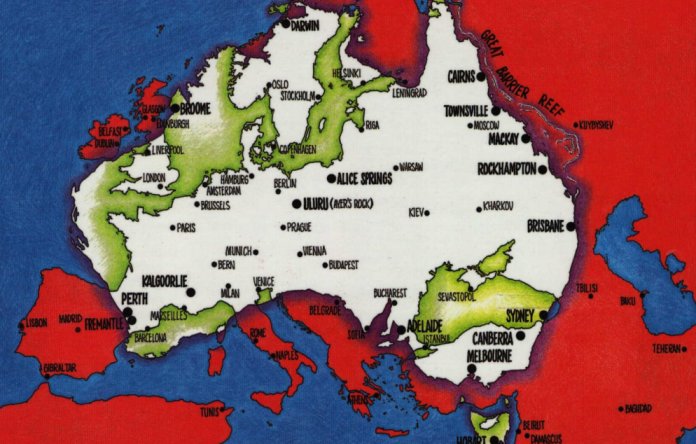SMI’s shopping apps review: Part II: "
 ‘Tis the season for launching new mobile retail applications. Here is the second installment of our shopping apps review, a look at some of the latest entries that are trying to change the way you tackle your holiday splurge.
‘Tis the season for launching new mobile retail applications. Here is the second installment of our shopping apps review, a look at some of the latest entries that are trying to change the way you tackle your holiday splurge.
Before we get to the latest batch, just a reminder that our first write-up of the latest retail shopping apps can be found here. Okay, on to the newbies:
1) Best Buy UK Facebook Shop
In the last few days, the technology retailer’s UK branch has opened up a social window shopping “tab” on its Facebook page. Here users can browse thousands of items directly on the fan page, talk about them and share them with their friends at the click of a button. Customer service is also integrated, and it appears Bust Buy has a full-time team answering questions on the site.
Revolutionary? For social shopping, we’ll have to say yes. One of the first companies to combine shopping with Facebook was Levi’s back in April when it integrated the “Like” button directly into its retail site. Best Buy’s move is just taking it to the next level so that users never have to leave Facebook to share their latest gadgets wish list. The downside? Users cannot purchase items they see directly on the Facebook page but instead have to follow the link back to the Best Buy retailers website.
Platforms and release dates:
Facebook – November 16
Final Word:
Excellent idea for more convenient social shopping. It even works on Facebook mobile. Next stop: making the page global and allowing direct purchases.
2) Tesco Grocery App
The UK’s largest retailer, Tesco, has released a store-specific shopping app that allows customers to scan items, from home or in the store, to receive detailed product information and to purchase them directly from the phone. The iPhone camera is used as the barcode scanner. Any product in Tesco’s inventory can be scanned and ordered for home delivery through a direct payment system. Clubcard points and eCoupons come built-in.
The idea isn’t anything new, though. The Grocery IQ app already allows for barcode scanning and grocery list organizing, and the Apples2Oranges app goes one step beyond and lets users scan and compare product features and prices at competing retailers. For product deliveries on-the-go, Peapod grocers app has been offering the service since September. Tesco, for now at least, has limited the app to the iPhone.
Platforms and Release Dates:
iPhone – October 26
Final Word:
Been there and done that, but it could prove useful for the army of Tesco iPhone users out there.
3) Hardees and Carl’s Jr. Happy Star Rewards App
The fast food chains (both owned by the same parent company, CKE Restaurants) will by year-end begin offering loyal burger-chompers special prizes at their 3,000 US locations. It works a lot like a loyalty card except you don’t have to tuck anything into your wallet — it comes on the iPhone or Android and has location-based check-in capability. When users check-in enough times at store locations they are given a chance to spin “The Wheel of Awesome” for food and special prizes, including airline tickets and Blu-ray players.
In effect, the app is just a retailer-specific version of Foursquare or Gowalla. While it seems like a good idea overall, it will mean users have to download another application that does pretty much the same thing as the big guys, but on a smaller scale. For Hardee’s and Carl’s Jr. fans this may not be a big deal, but the app might be limiting its user base at the starting gate. On the flip side, we wonder: could this be the death knell of the loyalty card?
Platforms and Release Dates:
iPhone and Android – Near future (no date set)
Final Word:
Big Hardee’s of Carl’s Jr. fan? At least spinning the “Wheel of Awesome” sounds pretty, erm, awesome.
4) ExxonMobil Fuel Finder
Just when you thought Big Oil couldn’t get an more uncool, one goes ahead and releases an ultimately useless iPhone app. It’s elementary. Using GPS tracking, the app brings up a map with all the Exxon gas stations (as they are known in the US; it’s Esco through much of Europe) in your immediate vicinity.
It’s not a terrible idea, but did you just miss that Shell station across the street while you were too busy trying to figure out how to get directions to the Exxon station? Checkmate. Apps like TripTik already provide a cross-company location service that also compare the prices at each station. The only new thing offered by the Exxon app is that it allows users to see if there’s a car wash at a particular Exxon station.
Platforms and Release Dates:
iPhone – November 11
Final Word:
Unless you work for Exxon, don’t bother.
SMI aims to run a mobile apps review once every two weeks in the run-up to Christmas. Please drop us a line if you have any suggestions.
"






















 "
"
